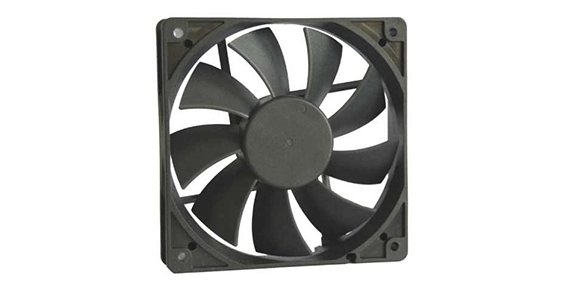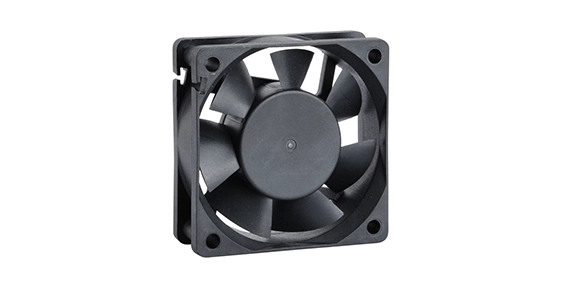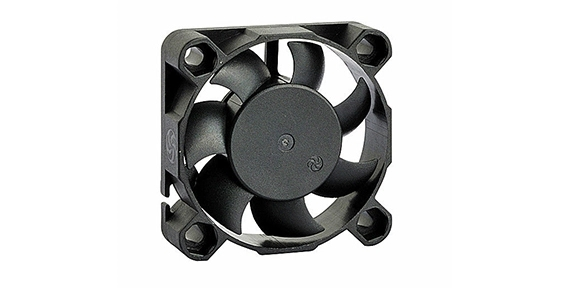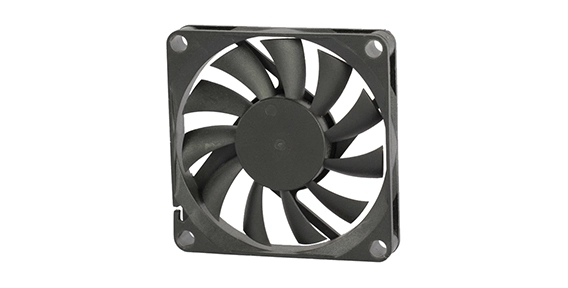The Vital Role of 120mm Cooling Fan and Common Installation Challenges
When it comes to maintaining optimal performance and preventing hardware damage, a 120mm cooling fan plays a vital role in any PC system. These fans are designed to dissipate heat generated by various components, such as the CPU, GPU, and hard drives. However, installing and troubleshooting these fans can sometimes pose challenges for users, especially for those who are not familiar with computer hardware.
One of the most common installation challenges with 120mm cooling fan is finding the right spot for them inside the PC case. Proper placement is crucial to ensure efficient cooling. It is recommended to mount the fan in a way that it blows cool air onto the components that generate the most heat. This is usually the CPU and GPU.
Another challenge that users often face is compatibility issues. Not all PC cases are designed to accommodate 120mm fans. Some cases have limited space, making it difficult to fit these fans inside. In such cases, users may need to consider alternative cooling solutions or look for smaller fans that can be mounted in the available space.

Navigating Clearance and Compatibility Issues of 120mm Cooling Fan
When installing a DC cooling fan, clearance becomes a crucial aspect. It is important to ensure that the fan does not block any crucial components or impede proper airflow within the PC case. Checking the dimensions of both the fan and the case beforehand can help prevent clearance issues.
Compatibility with other components is another concern. Some CPU coolers, for example, may obstruct the installation of a 120mm case fan, as they can take up a significant amount of space. In such cases, users may need to either opt for a smaller case fan or choose a CPU cooler that allows sufficient clearance for the fan.

Untangling the Web of Cables and Connectors of 120mm Cooling Fan
Once the installation is complete, users often find themselves faced with a web of cables and connectors related to the 120mm cooling fan. This can be overwhelming, especially for those who are not familiar with the various cables involved. It is important to carefully connect the fan to the appropriate motherboard headers or fan controllers to ensure proper functionality.
Some fans may come with additional features, such as RGB lighting or fan speed control. Dealing with the cables and connectors associated with these features can add an extra layer of complexity. It is advisable to refer to the fan's user manual or online resources for guidance on connecting and controlling these additional features.
Taming the Noise: Strategies for Dealing with 120mm Cooling Fan-Related Sound Issues
Noise can be another common challenge when dealing with 120mm cooling fans. While these fans are essential for maintaining a cool system, they can also generate unwanted noise. This can be particularly bothersome for users who value a quiet computing environment.
To reduce noise, users can consider purchasing fans that specifically advertise low noise levels. These fans are designed with noise dampening features and optimized blade designs to minimize sound output. Additionally, users can also adjust the fan speed through software or hardware controls to strike a balance between cooling performance and noise levels.
In conclusion, overcoming common challenges with installing and troubleshooting 120mm PC case fans is essential for maintaining optimal system performance and preventing hardware damage. By understanding the vital role of these fans, navigating clearance and compatibility issues, untangling the web of cables and connectors, and implementing strategies to tame noise, users can ensure a successful and efficient cooling solution for their PC systems.

 EN
EN 

 +
+
 +
+
 +
+



